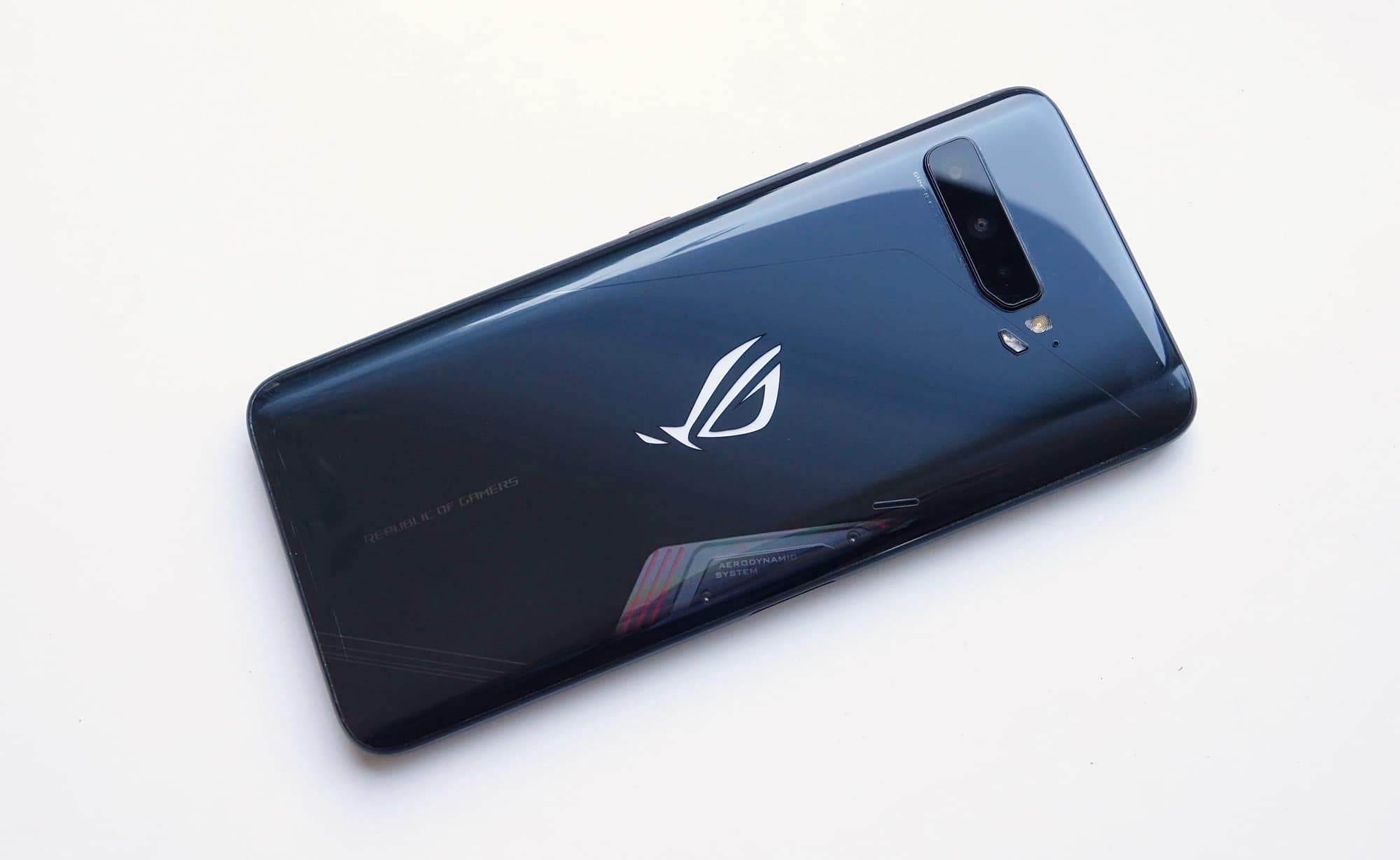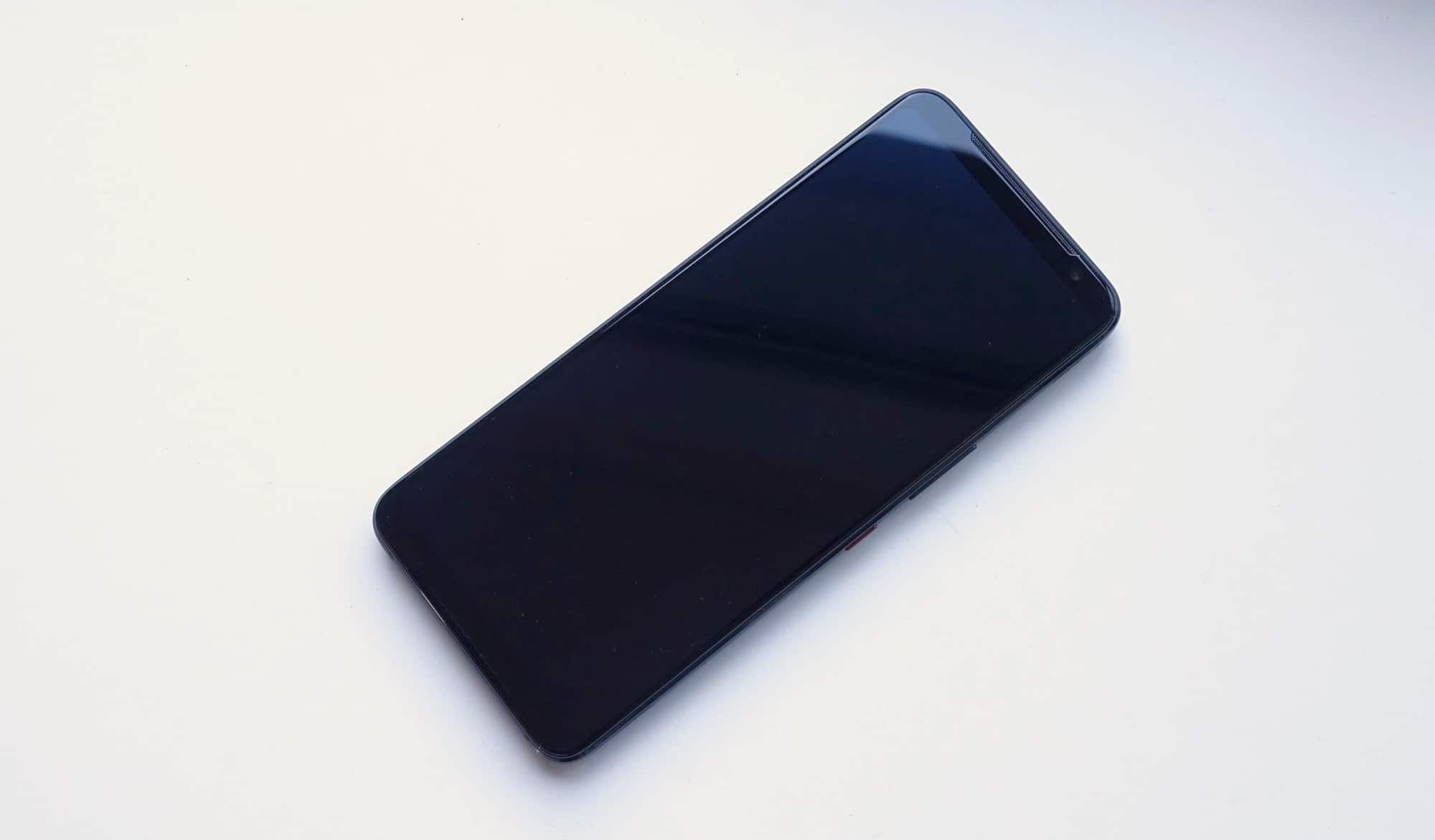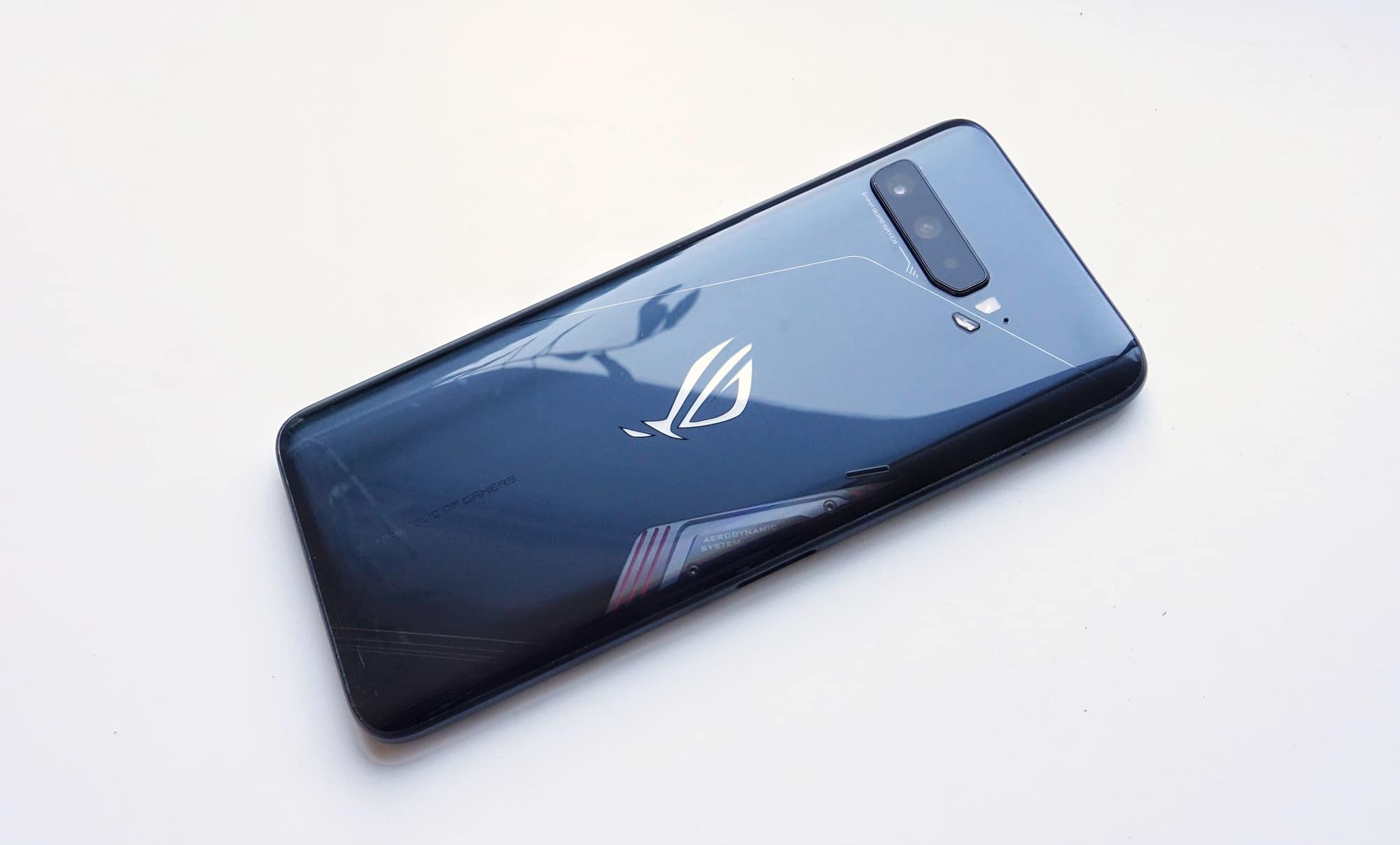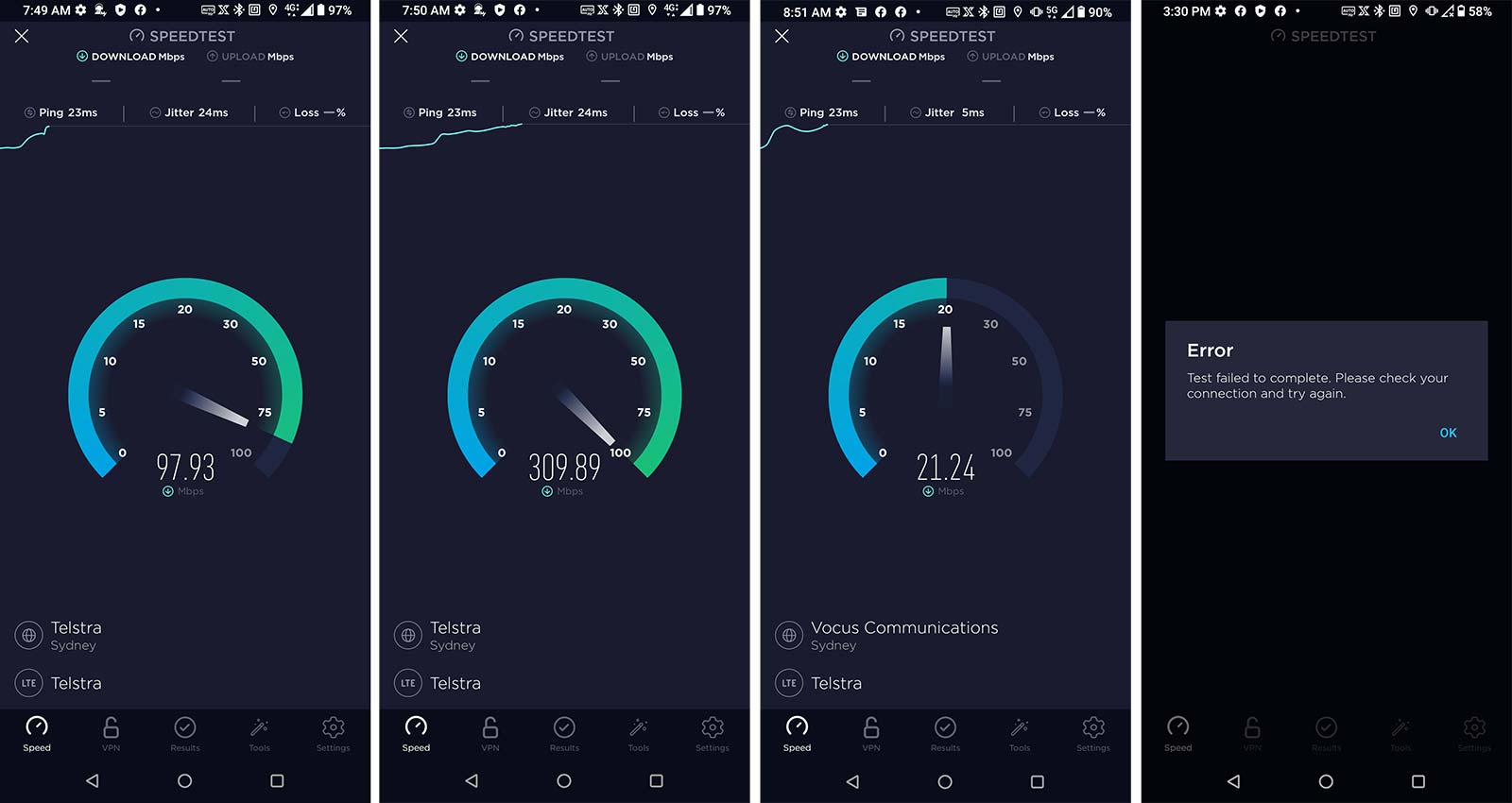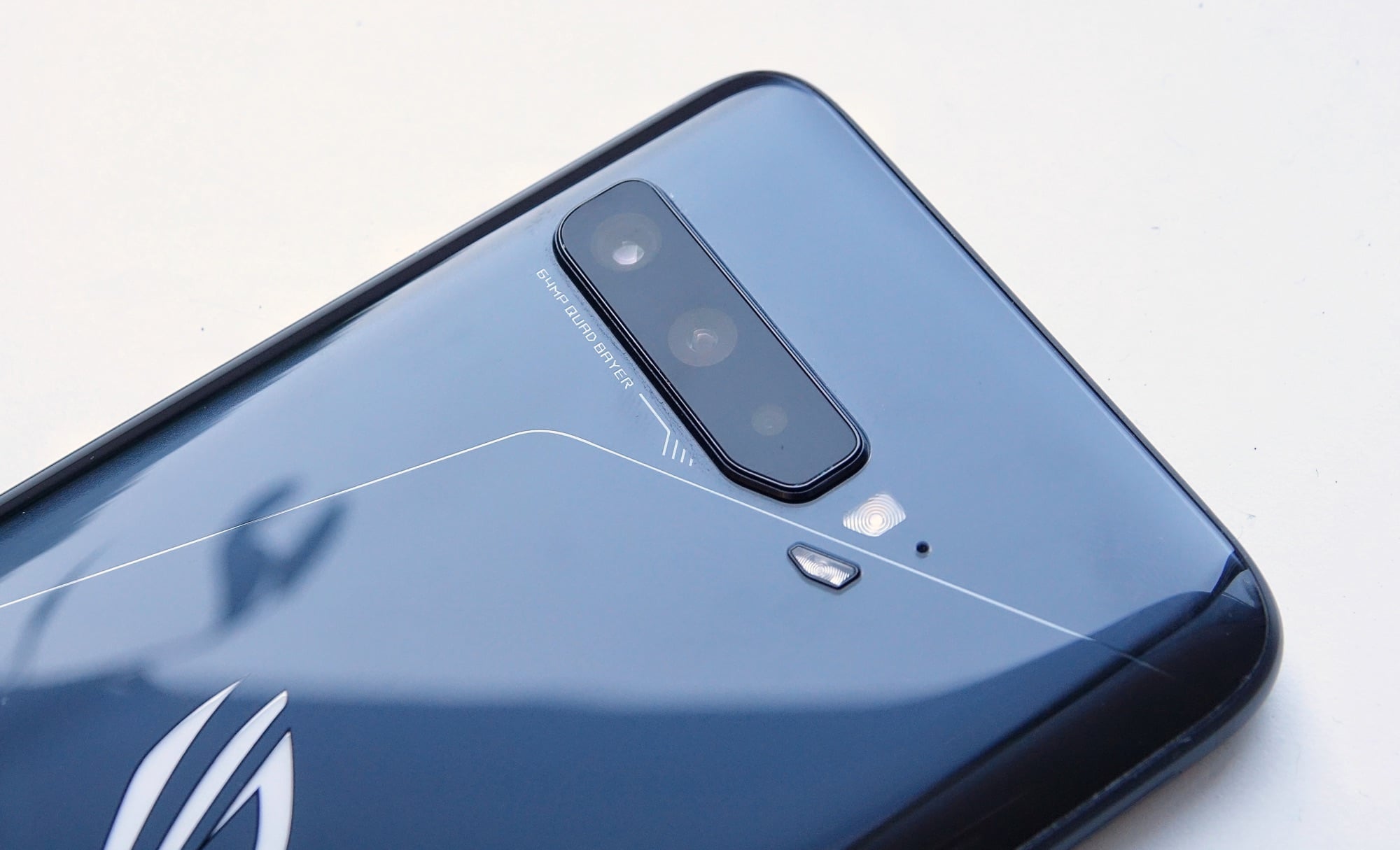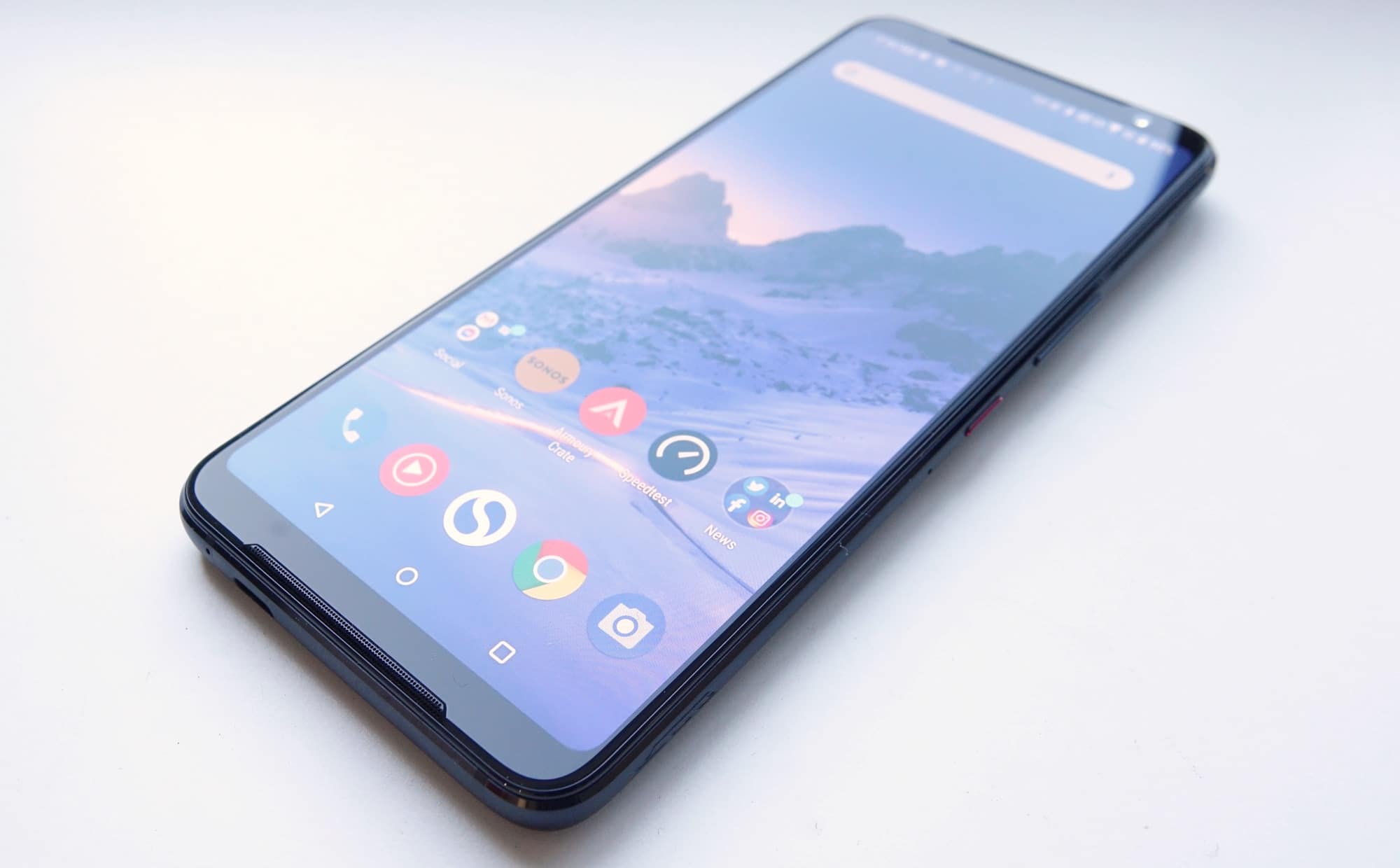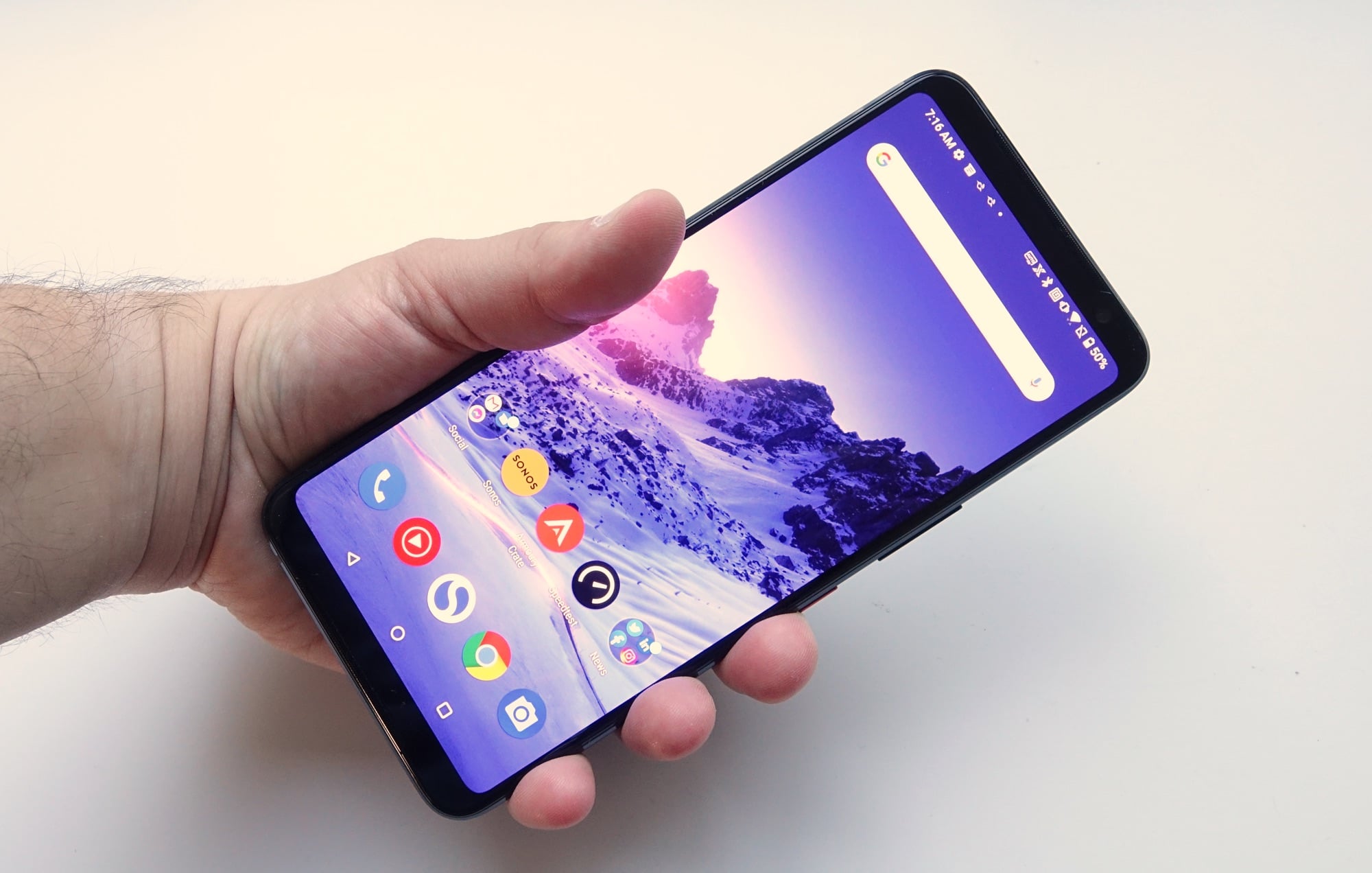Quick review
The good
The not-so-good
Is it a game system? Is it a phone? These are valid questions for the Asus ROG Phone 3, but it’s definitely one more than the other, as we found out.
“I want you to throw that phone across the front lawn,” my wife said over dinner.
I was almost tempted to. After the day I’d had with the Asus ROG Phone 3, no one would have blamed me for skipping it across the grass, through the flowers, and into the side of the bricks before the road. No one. Maybe the local Asus team, but that’s about it.
My time with the ROG Phone 2 was great, but my time with the ROG Phone 3 markedly less so, and while I didn’t want to review it, this needs to go on record: the phone being reviewed has problems, and either this is the norm or the model I had was broken. Either way, something seriously was wrong, and it made for one of the most frustrating days I’ve had in over 13 years of reviewing.
Design
But first, let’s start with the good, because if there’s anything good to be found in our time with the ROG Phone 3, it likely comes from the design and features. Kinda. Sort of.
In that design, one of the positive points is there’s no mistaking this phone for any other. Between the oversized design that basically towers over even other truly big phones, the futuristic back, and the fact that it nears 10mm and 250 grams, running a little shy of each (9.85mm, 240g), the ROG Phone 3 is huge.
Just staggeringly big. It’s even bigger than the biggest iPhone, the iPhone 12 Pro Max. It’s freakin’ massive, and not really sized for humans in a general sense.
Frankly, it’s not a thoroughly comfortable phone to hold as a phone, and not one that works nicely in the pocket, but when you rotate it for games, there’s plenty to grip, and Asus makes a controller accessory to help with that, too. It’s not in the box this year, but you can buy it if need be.
Oh, and the back of it glows, with the ROG logo lighting up with an LED behind it. You know, just in case you wanted a phone that glowed.
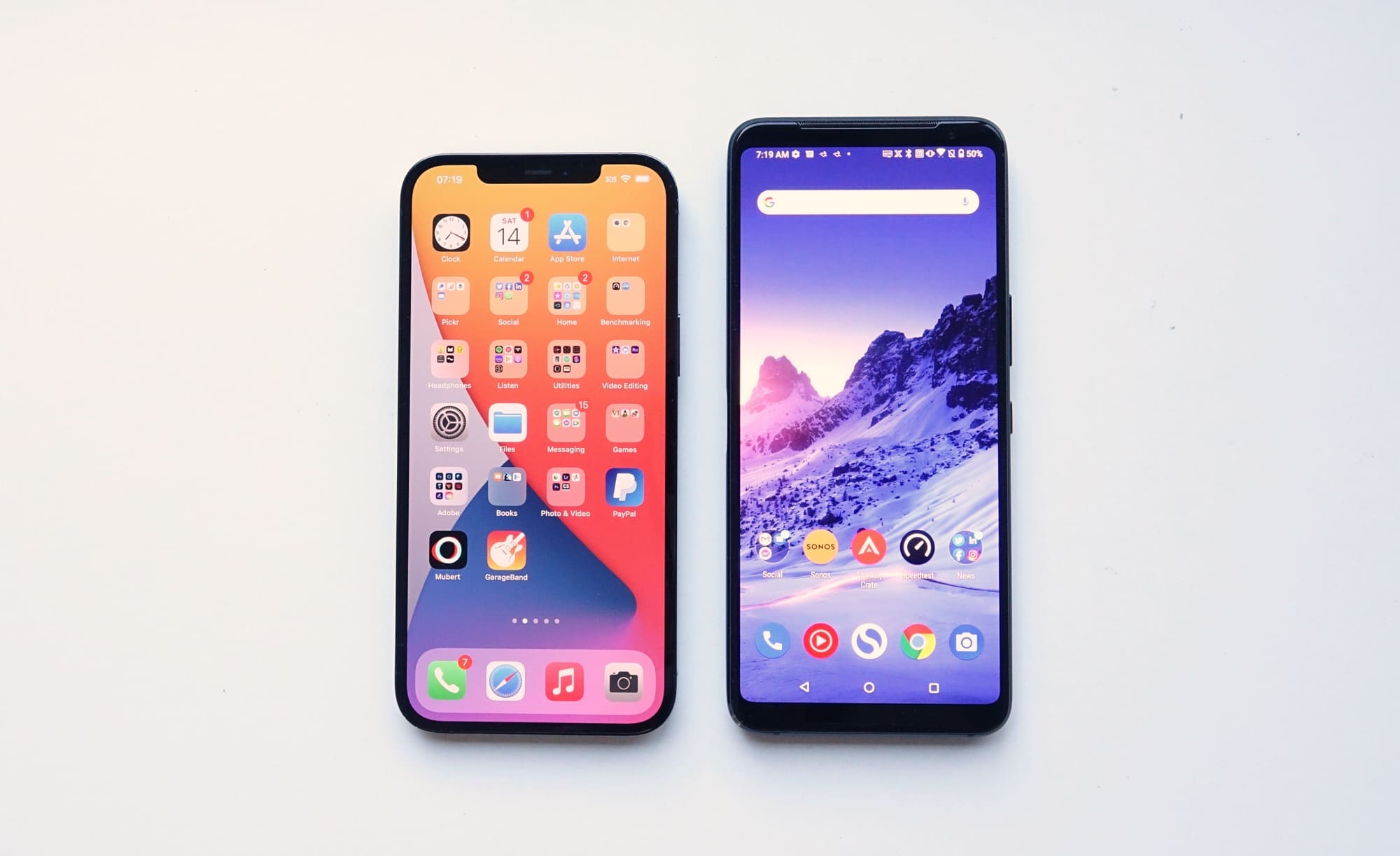
Features
Under that meaty design, you’ll find a fairly solid assortment of high-end tech, complete with some of the best of what the year has had to offer.
Qualcomm’s Snapdragon 865 Plus chip makes an appearance here, paired with 12GB RAM and 512GB storage, and Android 10 out of the box.
Cameras on the ROG Phone 3 include three to work with, made up of a 64 megapixel standard wide camera, a 13 megapixel ultra-wide, and a 5 megapixel macro camera, while the front gets a 24 megapixel selfie camera. The main rear camera can handle both 4K and 8K video, as well, bringing some of the high-end chops found in other phones this year to the Asus flagship.
On the connectivity battleground, you’ll find 5G, Bluetooth 5.1, 802.11a/b/g/n/ac/ax WiFi 6, NFC, and GPS, with two SIM slots to work with. Wired connections include two USB Type C ports, one of which is found in the typical spot at the bottom of the phone, while the other is on the side and for accessories made for the ROG Phone 3.
This sits beneath a 6.59 inch AMOLED screen sporting a fast 144Hz refresh rate, HDR support, Corning’s scratch resistant Gorilla Glass 6, and a reasonable amount of brightness at 1000 nits, too. A fingerprint sensor is built into the screen, and all of this sits above a crazy big 6000mAh battery, supporting fast charging.
In-use
Using the Asus ROG Phone 3 is largely like using other Android phones, so if you’ve been down this road before, it’s not very complicated, though there are some extra features.
For starters, it’s a big phone, and one that carries a fair amount of heft. It’s next to impossible to avoid, because the phone delivers a 6.59 inch screen in a fairly meaty 9.85mm body, and with a weight of 240 grams.
We can get past the huge screen size and fairly noticeable thickness, but at 240g, the Asus ROG Phone 3 really is like trying to stuff a game console or small tablet in your pants, and that’s less than appealing for us.
For your troubles, Asus does include a little more than other mobiles, with shoulder buttons made from touch sensors to deliver extra buttons in game. There’s also support for overclocking here, in case you want to wrench every bit of life out of the phone for a more PC-like gaming experience.
Performance
Regardless of whether you leave it clocked the way it is out of the box or fiddle around with the settings, performance is one area that may leave you with a bit of a mixed bag.
On the one hand, the Asus ROG Phone 3 is fast, and that’s thanks to some high-end parts made for folks who plan to game. That is the very point of the Asus “Republic of Gamers” brand, so there’s nothing terribly unsurprising about that, but seeing it in action is truly fantastic, especially if you game.
Armed with the Qualcomm Snapdragon 865+ and 12GB RAM, the phone delivers the hits for gaming performance, and is among the best you can find. We found little to no lag in apps and games, and that’s to be expected, plus Asus made sure to up some of the screen specs to some intriguing new levels, with a fast screen running at 144Hz, and offering HDR support at that. It’s the sort of spec parity you might expect Asus to offer in one of its ROG laptops, and yet it’s a phone, so there’s plenty of power and performance to be played with in this phone.
And yet on the other hand, mobile performance never quite hit what 5G is capable of in our tests. More than a moment of frustration, the ROG Phone 3 we reviewed really struggled with mobile connectivity, and we’re not sure why.
We’ll get to just how problematic the ROG Phone 3 was later in the review — look for the “what needs work” section — but while the phone itself is solid for games and apps, the connectivity side was sorely lacking. It is technically capable, for sure, but the experience rendered was far less.
Camera
The camera was a little less positive than the phone performance, delivering solid images in daylight, and acceptable images at night, thanks in part to the 64 megapixel sensor found at the heart, which does most of the heavy lifting.
Asus’ decision to go for ultra-wide and macro cameras for the rest of the camera system is a little surprising, because it pulls away from the typical flagship approach of ultra-wide, wide, and telephoto, and feels a little missing here. As such, the macro camera is acceptable, but not amazing, and we’re surprised Asus didn’t just throw the two together, which some other phones have achieved in the past.
For the most part, the camera performance in the ROG Phone 3 is acceptable, but by no means the best. Take capturing in low light, which can deliver a result of seeing the image thanks to night mode’s stacking of several images, but a blotchy assortment of details that don’t really deliver the clarity you might be going for.
Essentially, the camera in the ROG Phone 3 is good, but the best, and while you should be happy with it, in 2020 we’re surprised Asus hasn’t managed to fit more capability into this big phone.
Value
And because of that, we’re a little surprised by its altogether not-cheap price tag, retailing for $1699 in Australia.
Granted, for a buck under $1700, you do get a solid 512GB storage and about the best and most beasty amount of memory a phone could need these days at 12GB. To Asus’ credit, for $1699, you’re getting what is on paper an impressive little package, marrying some of the best specs in the land to a meaty price.
But it’s a meaty price with some catches, because there are other problems with the ROG Phone 3 that desperately need attention, and prevent it from being a best in class phone.
Battery
Our battery experience left something to be desired, with the phone on track to deliver a full 24 hours of life, but not much more, a surprise given the positively massive 6000mAh battery when used as a phone. Admittedly, our review experience when using the ROG Phone 3 as a phone didn’t flow the way it does with other phones we review.
However, as with most things, your experience will come to how you use it, and this phone is no exception.
Leave the phone for use as a video game system, and the 6000mAh battery delivers a good amount of life, though it varies between several hours of non-stop gaming, and up to two of infrequent use.
We can’t vouch for it as a mobile, however, because our model struggled to work in that capacity.
What needs work?
Dead set, if you’re trying to gauge what needs work on this phone, the answer is “more than I’d like to admit”, based on this reviewer’s time with it.
It needs to be said that I need to take this phone at face value. Like all phones sent for review, we have to trust that the experience reviewers have will line up with an experience the consumer will have. But in well over a decade of doing this job, I’ve never come across a phone that didn’t want to be reviewed quite this much.
So what’s wrong with the Asus ROG Phone 3?
Let’s start with the heft, because you’ll notice it very quickly. This is a big, chunky phone, thanks in part to the fact that Asus has basically made a video game system from a phone, so that demands a huge 6.59 inch screen. Try stuffing that into your pocket comfortably.
Next is what it lacks, which surprised us to just how much it lacked. There’s no wireless charging, no water resistance, and this year, no gamepad in the box. And for a total surprise, we couldn’t get the ROG Phone 3 to play nicely with Google Pay, which meant it was a fairly flagship phone missing a fairly standard flagship feature.
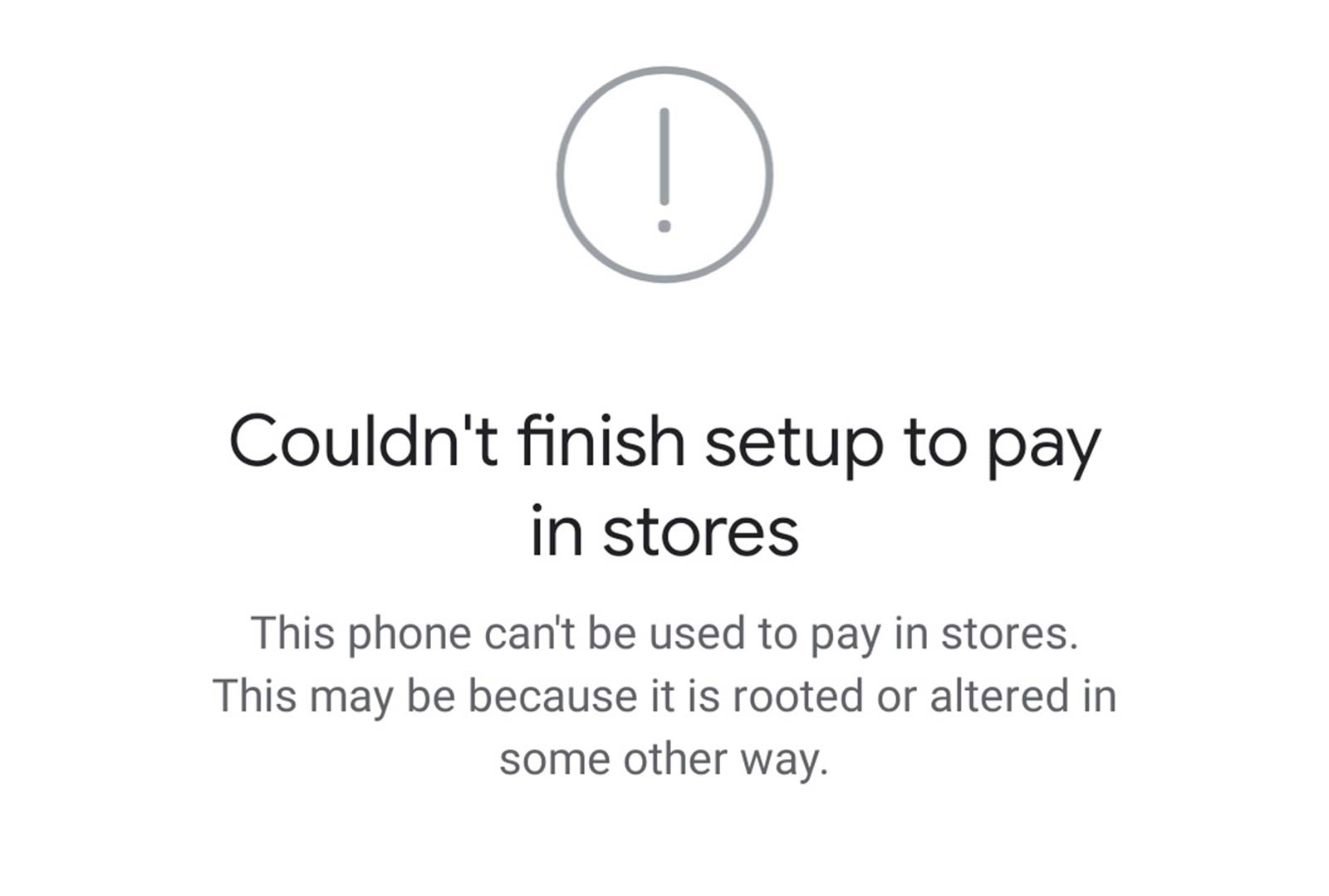
But our real frustration in the ROG Phone 3 stemmed from the idea of it being a phone itself, because it was a struggle to keep this phone connected to a network.
We’ve reset it, gone from scratch, and while nothing in our testing procedure of the ROG Phone 3 differed from any of our other phone reviews, the ROG Phone 3 refused to stay connected to the Telstra network, disconnecting so regularly, we wished we had brought a different phone on this day to test. Disconnecting from the network regularly could be a flaw to our specific review unit, but it’s a flaw that presented itself in such a way that it made both phone calls and web browsing so impossible, the ROG Phone 3 only worked when it was connected to WiFi.
That may well be the definition of a mobile gaming system, especially since they invariably don’t need to make phone calls, but it’s a huge problem when you’re talking about a phone.
Simply put, after five hours of watching the ROG Phone 3 struggle to do anything a phone a thousand bucks cheaper would have no problems with, we were ready to chuck it out of a window. Hell, it might have made it work better.
Final thoughts (TLDR)
You might have better luck than we did, and frankly, if you’re considering the ROG Phone 3, we hope you do. In our tests, the third version of this phone was great to use as a mobile gaming device, but lousy as a phone, missing out on much of what we want to use a phone for.
When we were connected to WiFi, the ROG Phone 3 was great. When we went out and about and for a walk and such, the phone failed to do the basic things phones are typically made to do. Namely work.
Frankly, we’re not sure what the problem was, and put it down to what could be a problem with the Asus custom ROM for Android. We’ve seen similar circumstances in pre-production phone reviews over the years, though we were told this was a release model, so it shouldn’t be that.
Going in, you should be aware that we’re not the only ones suffering from these issues. Users on the Asus ZenTalk forum are dealing with some similar woes, so while you might get lucky with the Asus ROG Phone 3, you also might also be stuck in the same boat we were, and in the same boat some unfortunate ROG Phone 3 owners are, too.
This makes it very hard to recommend to all but the most ardent of mobile gamers, and those who know they’ll be around WiFi most of their life. In the work-from-home era that COVID has wrecked upon our lives, that might mean a roll of the dice on the ROG Phone 3 is totally fine, especially if you’re looking for a phone to do double duty as a game console as well. It sure is powerful, but hardly a phone, and that may ending up being a problem.
If it were us, we’d look elsewhere, because a phone shouldn’t have to be a risk, and there are plenty of other phones that do mobile game consoles well, too, including the last version of this phone, the Asus ROG Phone 2.



